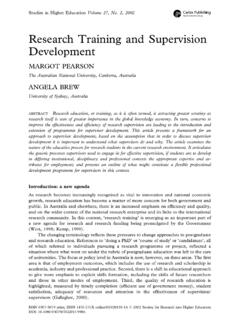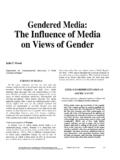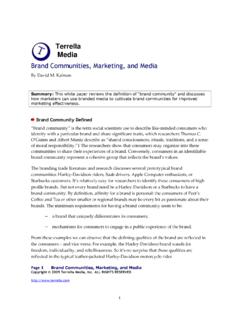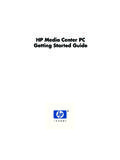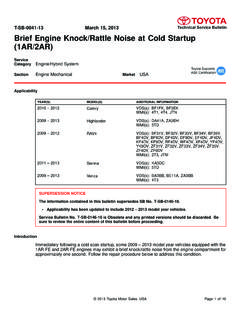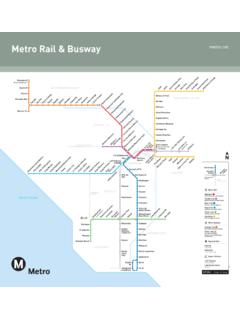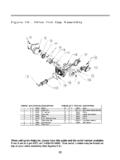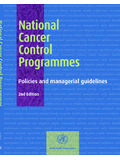Transcription of The 8 Learning Events Model and its principles - …
1 Leclercq, D. & Poumay, M. (2005) The 8 Learning Events Model and its principles . Release 2005-1. LabSET. University of Li ge, available at p 1/11 The 8 Learning Events Model and its principles Release Dieudonn Leclercq Professor at University of Li ge & Marianne Poumay Director of LabSET, University of Li ge LabSET, University of Li ge, To help teachers and trainers to conceive and / or describe teaching sequences and training strategies, we have developed a theoretical reference Model that has three components: (1) A series of Learning Events (LE), seeking to describe and conceive the multiplicity of Learning /teaching experiences and their underpinning psychological theories ; (2) a series of principles helping in designing and evaluating Learning environments, and their underpinning educational theories.
2 (3) a series of more specific descriptors, or metadata, that provide detailed information about the Learning Events , enabling to judge their intrinsic qualities, their underpinning theories (from media properties to group work rules) and their degree of appropriateness to specific learners and situations. The present document is a short description of the two first components: LE and principles . A. Definitions A Learning /Teaching Event is the joined description of paradigms ( simplified description) of a learner s activity and a tutor (or teacher or coach) s activity, these actions being complementary and interdependent, in a Learning situation. The Learning event describes the activity of the learner (receives, practices, creates, etc), the teaching event describing the activity of the teacher (transmits, guides, conforts, etc.)
3 The LE Model is content-free as could be demonstrated, in more than 100 courses covering very different subjects. A training (or Learning ) strategy is a combination of Learning Events . There are an infinite number of training strategies, but just 8 basic components. Like a few number of atoms (about one hundred) permit the constitution of millions of different molecules, that can be grouped in large families (like organic and non-organic chemistry, etc.). There is no need to use all the Events in the formation of a training strategy. Unlike 'strategy' or 'method', a Learning event can refer to both intentional and non-intentional Learning situations. The quality of any Model depends, among other factors, on its power to reduce complexity, without lapsing into a simplistic approach.
4 By confining itself to a restricted number of Learning Events (currently 8, but this number is not magical), the Model keeps within the limits of human cognitive capacities1. This ensures that the teacher can keep it constantly in mind (for example as a check-list which stimulates his self-assessment reflexes), which is vital for actually having an effect on his practice. The Model is also in line with Eleanor Rosch (1979) s theory showing that humans deploy a vocabulary at an intermediate level of conceptualisation in everyday conversation. For example, the concept of 'dog' is far more commonly used that those of 'mammal', 'vertebrate' or 'carnivore' (higher conceptual level) or those of 'greyhound', 'spaniel' or "fox terrier" (lower level).
5 The preference for the intermediate level can be explained by the frequency of the situations in which a distinction needs to 1 on this point, see the famous article by George A. Miller, "The magical number seven, plus or minus two : some limits on our capacity for processing information" Leclercq, D. & Poumay, M. (2005) The 8 Learning Events Model and its principles . Release 2005-1. LabSET. University of Li ge, available at p 2/11 be made. Thus, there are many situations in which one needs to distinguish dogs from cats, without the specific species being important. On the other hand, there are few situations in which it is crucial to distinguish between mammals and oviparous animals. Applying this reasoning to education, the eight Learning Events Model may be said to be located at the intermediate level.
6 If teachers start talking about their profession, their conversation will usually take place at this level, between extreme generality and extreme complexity. B. principles Principle 1: The purpose of the Model is to helps in two different ways : As a descriptive aid: the Model can be used to analyse an existing training strategy/teaching sequence. Teachers, students, course designers, educational researchers and developers will find resources in it for the easy identification of the elements in complex scenarios2; As a prescriptive aid: the Model provides the framework for the creation of a new training strategy/teaching sequence or for enhancing an existing one; Principle 2. A Learning Event (LE) is identifiable in time and space. It is observable and recordable, quantitatively (duration, intensity) or qualitatively (a description that includes the minimal conditions for confirming the occurrence of the LE).
7 Principle 3: The Degree of granularity of the description of a (real or anticipated) situation depends on the purpose of the description. Often, only the dominant Learning event (in terms of duration, of anticipated impact or of subjective difficulty) is considered or reported, whereas, for example, an activity based on experimentation might contain an element of exploration. In the same way, an element of reception may well be found in debate. Likewise, a form of drill could be imagined in the practice of metacognition. In some situations, two Learning Events are really equilibrated. For instance, watching a TV programme usually combines modelling (the pictures, whether moving or not, the noise, whatever you perceive) and transmission (the verbal commentary, whether it is oral - voice - off or otherwise - or in the form of subtitles).
8 Principle 4: The degree of the learner s initiative is an important characteristic of the LEs. The Events "reception", "imitation" and "drilling" (practice) are often (though not necessarily) based on "allo-initiative" or "allo-control" (of the process, content, activities, timing, etc.), from "allo", meaning others (here the teacher) as opposed to "auto". The other Events fall more within the category of "auto-initiatives", in the sense that the learner chooses the content he wants to explore, formulates the hypotheses he wants to verify, designs and carries out a project, decides on his interventions in the debate, and inspects his own Learning modes. Learner s initiative 2 See Poumay 2005 for an application of the Model to the development of an online quality grid aiming at describing online courses and judging on their pedagogical quality.
9 Exploration CreationExperimentationDebate Meta-reflexion PracticeImitation ReceptionTutor s initiativeLeclercq, D. & Poumay, M. (2005) The 8 Learning Events Model and its principles . Release 2005-1. LabSET. University of Li ge, available at p 3/11 Principle 5 : Paired contrasts can be made amongst some Learning Events . For instance, a) IMITATION of an external Model contrasts with CREATION of a new and personal Model (NB : this may be collective). However, it could also be argued that creativity is partly based on models. b) RECEPTION (of data structured by the transmitter) contrasts with primacy of structuring by the learner in EXPLORATION. c) DRILL (& Practice) contrasts with the learner s freedom in elaborating of hypotheses in EXPERIMENTATION.
10 D) DEBATE in which one's "identity in other people's eyes" is at stake, contrasts with META-REFLECTION that focuses on one's "self-identity". Principle 6 The diversity of experiences is an important issue of the Model , as well as the variety of the communication channels, on the basis of research results in the domain of educational psychology (Paivio, Miller, Gardner, etc.), showing that the deployment of multiple channels reinforces Learning . The Model underlines the value of ensuring a sound equilibrium between Learning modes in order to maximise the quality of the RESULTS of Learning . In her definition of a quality course, Poumay (2003, p234) also insists on this necessary range of methods. Principle 7 . Mathetic polyvalence is an important issue of the Model In an information/ knowledge/ Learning society, it is in the interests of the learner to become familiar with a whole range of Learning approaches.


